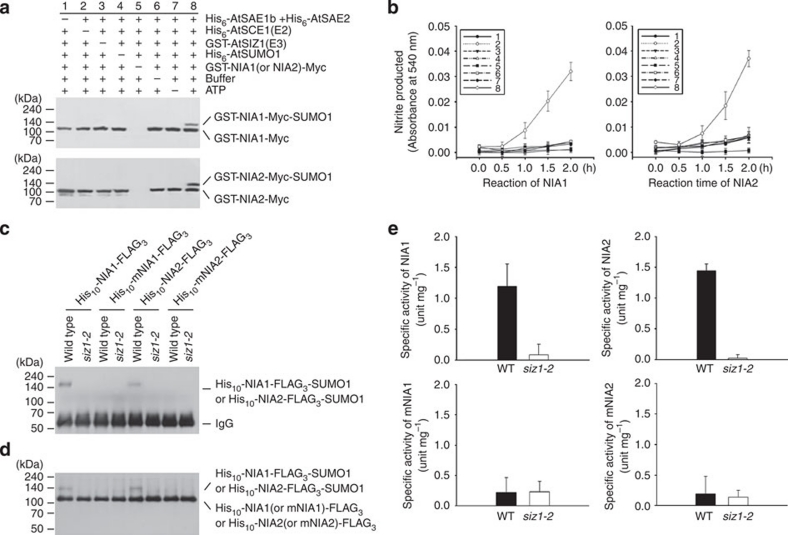Figure 4. Effect of SUMO conjugation on NR activity.
The NR activity was assayed as a function of nitrite production. (a) Sumoylation of NIA1 or NIA2 in vitro. After in vitro sumoylation reactions, nitrate was added into the reaction mixtures and further incubated for the indicated times. Products were separated on SDS–PAGE and transferred onto a nitrocellulose membrane. Sumoylation of NIA1 or NIA2 was examined by immunoblotting using an anti-Myc antibody. (b) The effect of sumoylation on NR activity was examined in either NIA1 or NIA2. Bar numbers indicate the reaction numbers shown in a. Nitrite concentration was measured at 540 nm. (c, d) Sumoylation of NIA1 or NIA2 in vivo. Leaves of WT or siz1-2 plants were infiltrated with 35S-HA3-AtSUMO1 and 35S-His10-NIA1 (or mNIA1)-FLAG3 or 35S-His10-NIA2 (or mNIA2)-FLAG3, as indicated. After incubation for 3 days, the infiltrated leaves were collected. Sumoylated His10-NIA1 (or NIA2)-FLAG3-SUMO1 was detected with an anti-FLAG antibody after IP with an anti-HA antibody (c). Total proteins were extracted. Histidine-tagged proteins were purified with a Ni2+-NTA column, followed by quantification of protein concentration with the Bradford method. His10-NIA1 (or mNIA1)-FLAG3 or His10-NIA2 (or mNIA2)-FLAG3 and/or sumoylated His10-NIA1 (or NIA2)-FLAG3-SUMO1 were detected by immunoblotting with an anti-FLAG antibody (d). IgG, immunoglobulin G. (e) Effect of sumoylation on NR activity in vivo. Specific activities of NIA1 and NIA2 were measured with the column-purified NIA1 or NIA2 from WT or siz1-2 plants shown in d. Results are expressed as means±s.d. (n=3).

